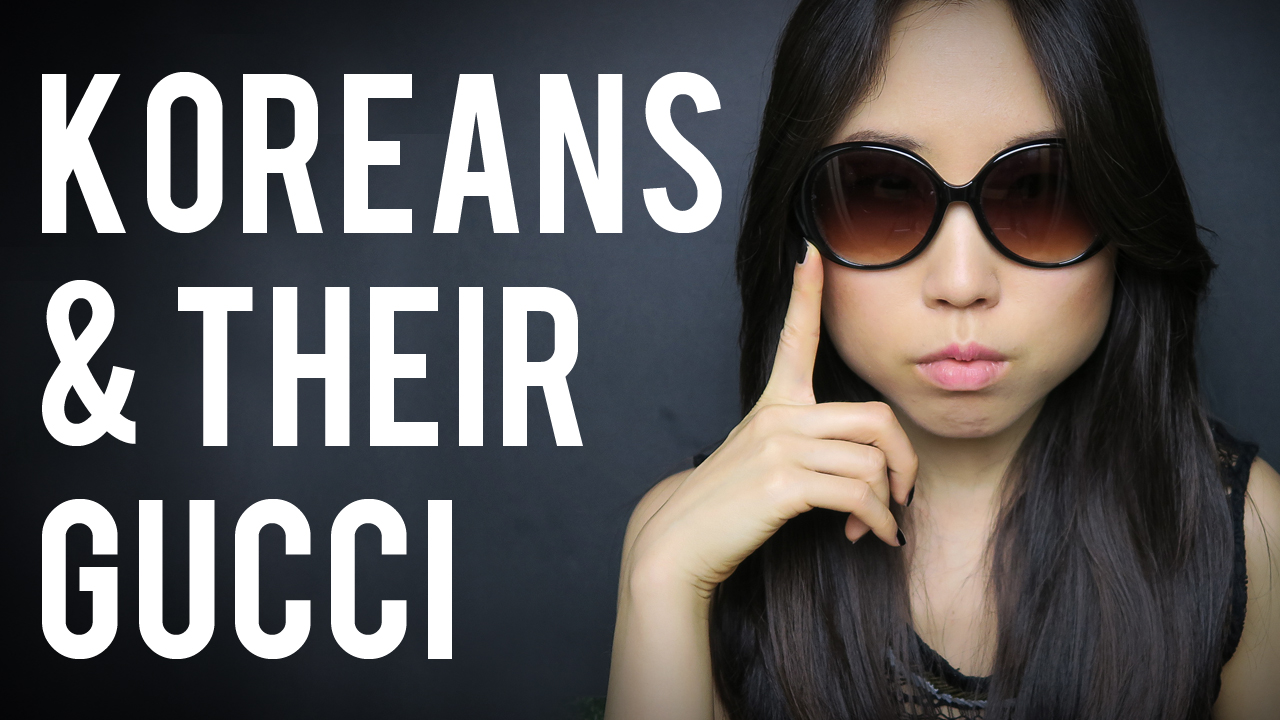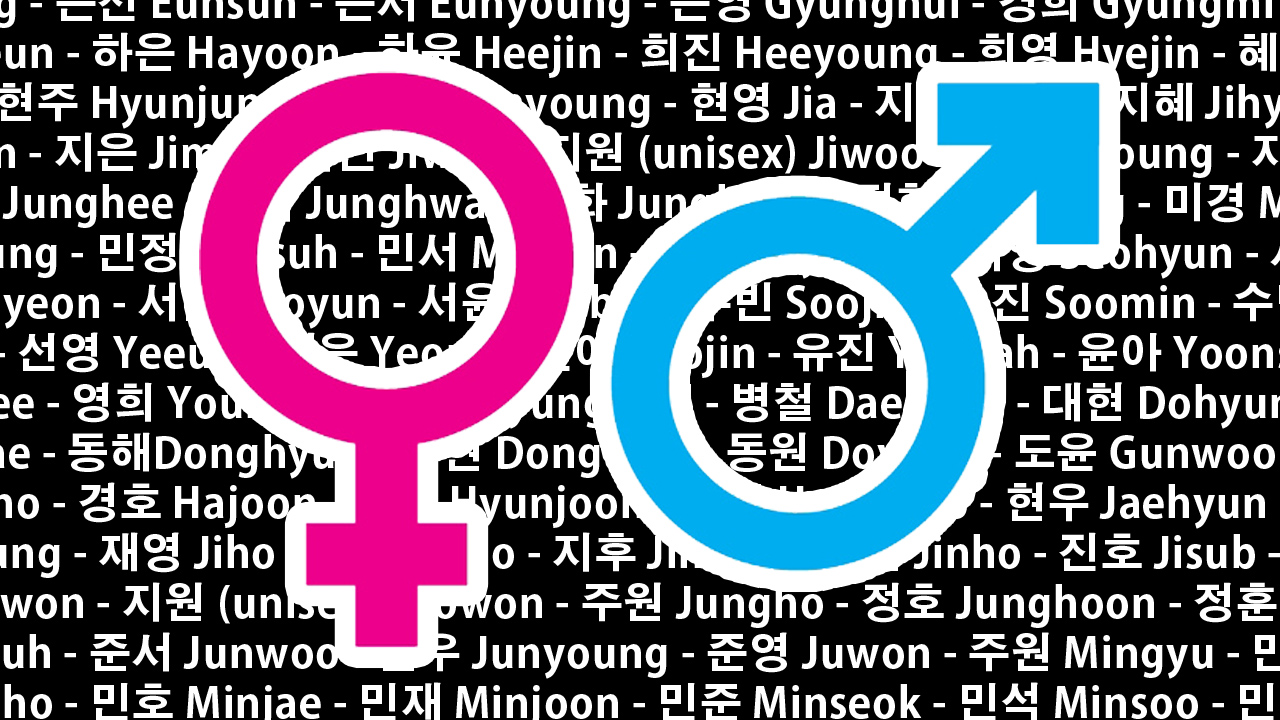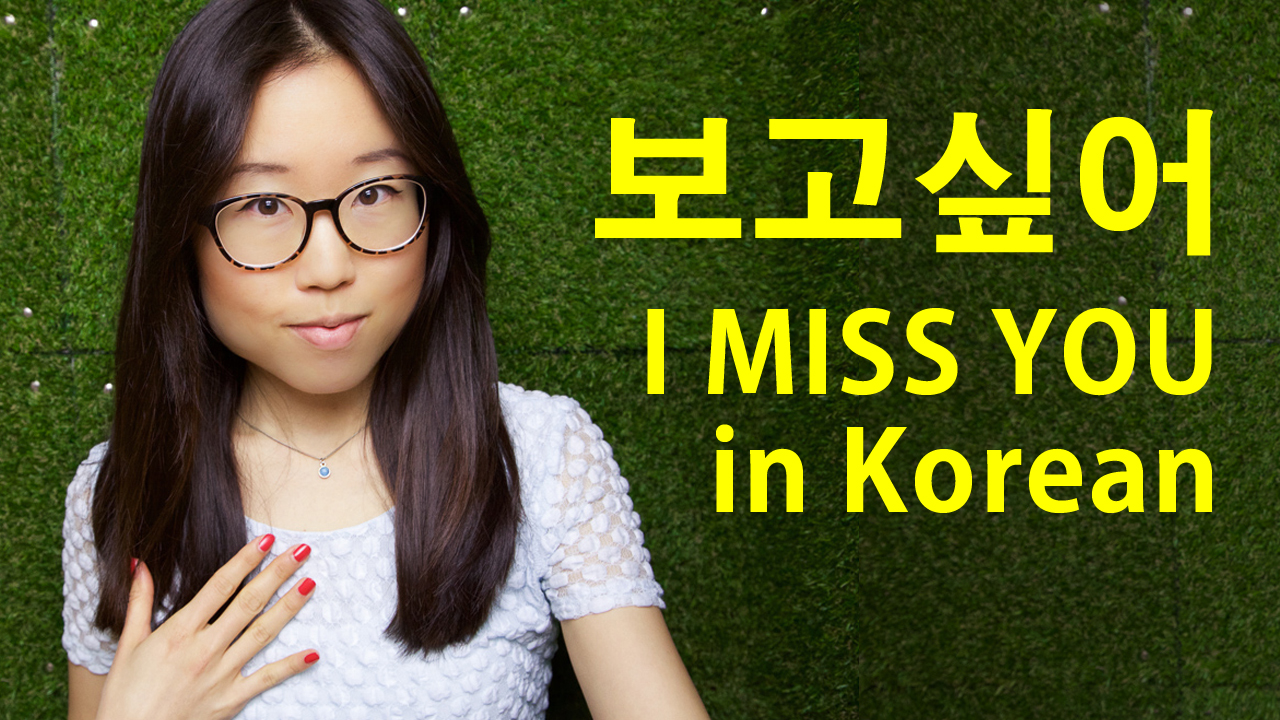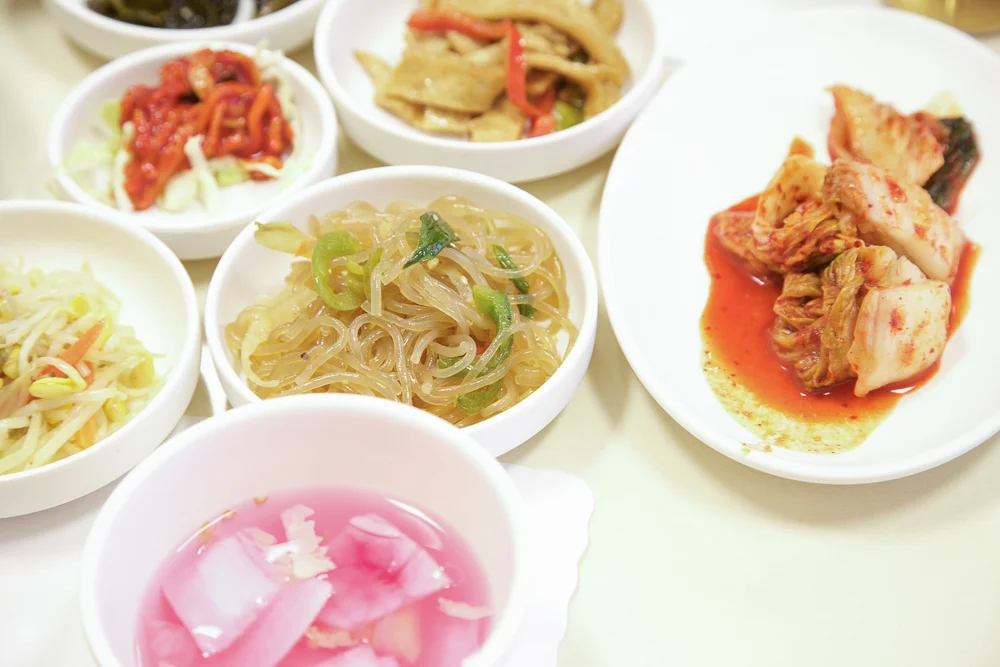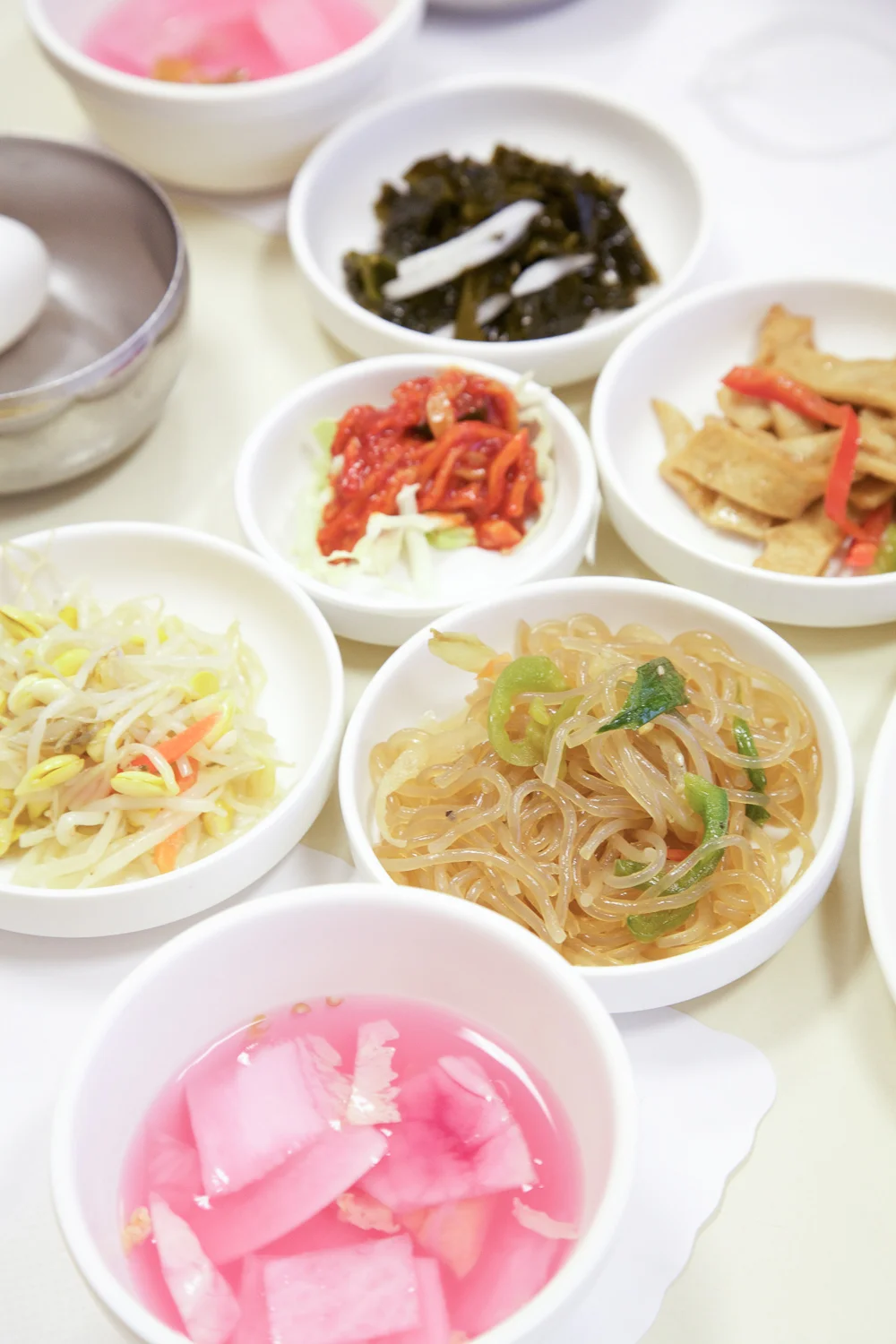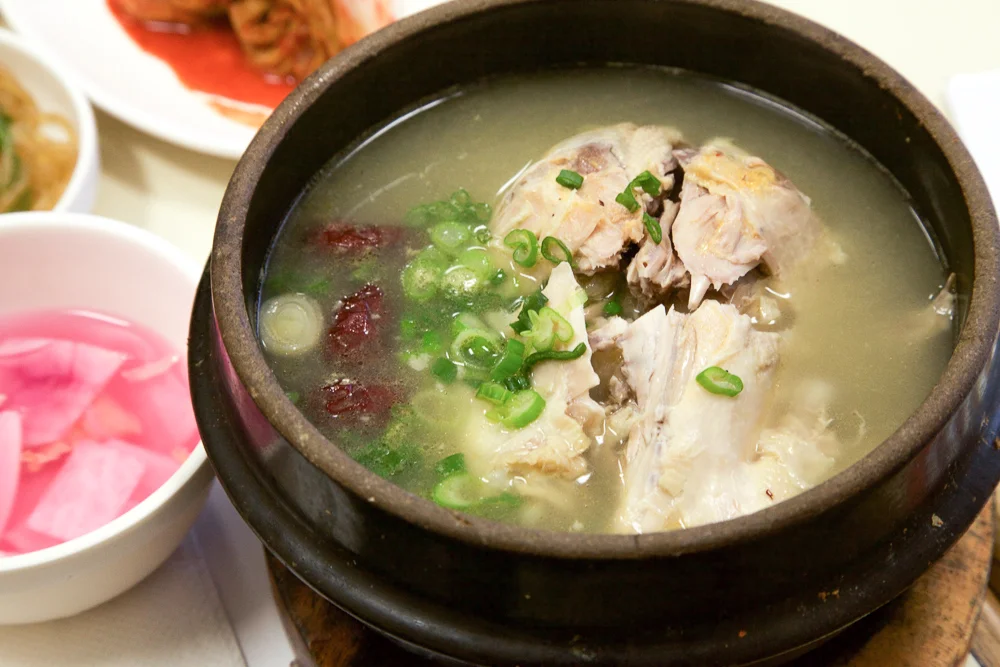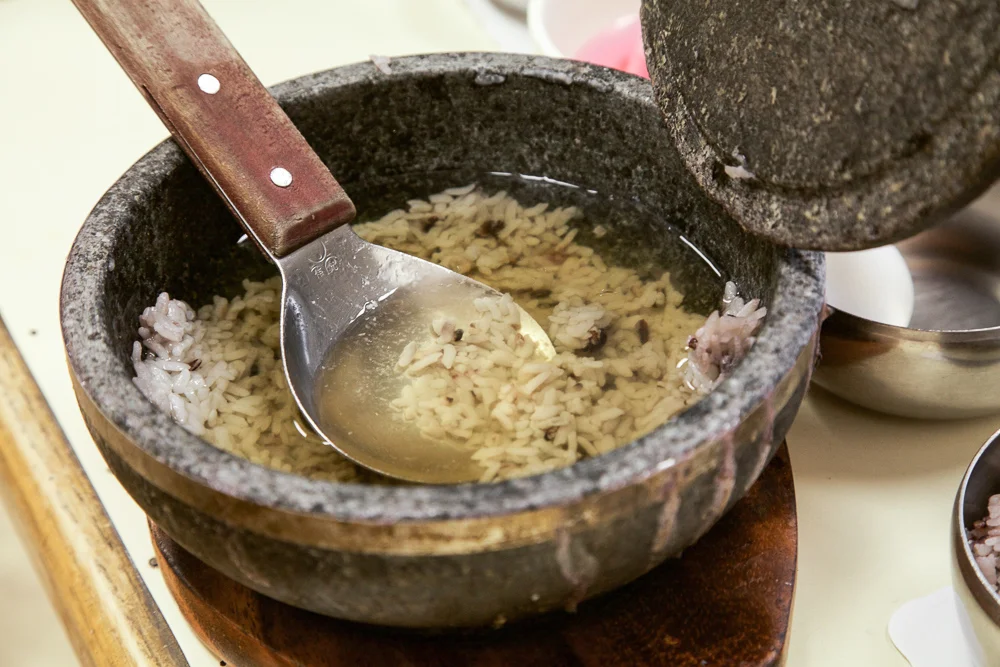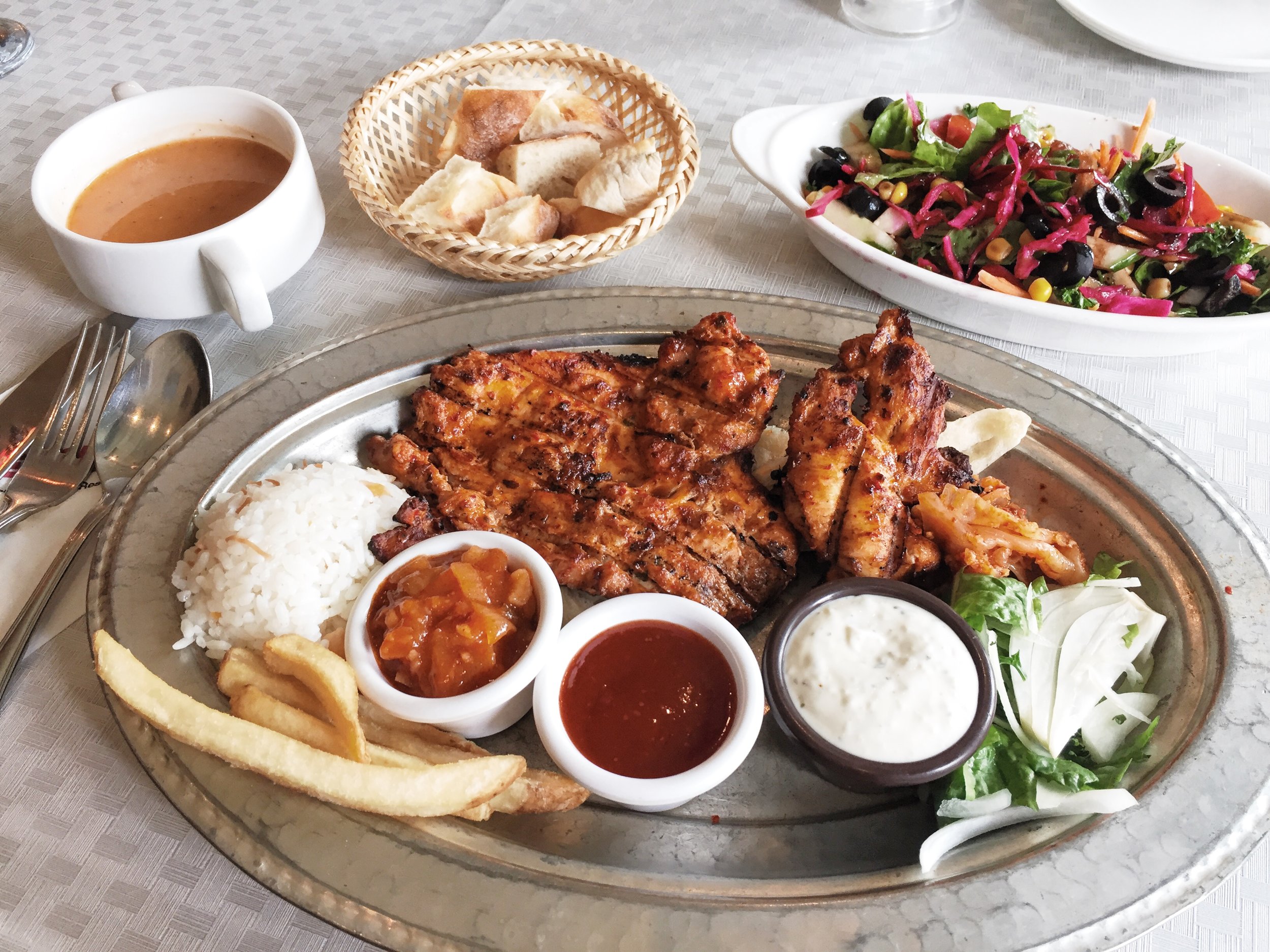When you see something dope/sick/awesome, you say it is 쩔어 (jjuhruh). The word was largely used in Incheon years ago, but has spread to other parts of Korea. Thanks to Big Bang and BTS, 쩔어 (jjuhruh) has made its mark in Kpop, further popularizing its usage. While 쩔어 is more accurately Romanized as "jjuhruh," Big Bang--specifically GD and TOP--created a stylish Romanization: ZUTTER. Check out their music video, which is 쩔어:
In GD and TOP’s music video, they say: 내가 좀 쩔어 (Naega jom jjuhruh), which translates to “I’m a little dope.”
쩔어 is both a positive and negative word. Depending on how you say it, you can portray enthusiasm or disgust. It's like how we use the word "sick" in the States. If someone is wearing cool shoes, we might say, "Oohhh! Those shoes are so sick, bro!" However if we see something gross, such as a bloody horror film, we may say, "Ew. That movie is sick. Makes me want to puke."
Here's an example of when 쩔어 can be used in a positive and negative situation. Let's say you eat a delicious plate of kimchi. You can exclaim with excitement:
이 김치 쩔어!
Ee kimchi jjuhruh!
This kimchi is amazing!
However if the kimchi tastes nasty, you can say the same phrase with a displeased face.
Here are some more examples of when you can use 쩔어.
You see a hot guy with a six pack:
저 남자봐. 쩔어!
Juh namjabwa. Jjuhruh!
Look at that guy. He’s dope!
You see a really stylish girl:
저 여자 쩔어!
Juh yuhja jjuhruh!
That girl is dope!
CL releases her new music video and it is dope:
와~ CL 쩔어!
Wah~ CL jjuhruh!
Wow~ CL is dope!
Oh dang, your bestie wore the coolest shirt ever:
스타일 쩔어!
Seu-ta-il jjuhruh!
Your style is dope!
You just finished reading the most badass book ever:
이책 좀 쩔어!
Ee-check jom jjuhruh!
This book is dope!
You won Cards of Humanity 7 times in a row. You’re so dope:
난 좀 쩔어!
Nan jom jjuhruh!
I’m just a little dope!
Pretty much anything and anyone can be 쩔어!
My mom goes clubbing with me and a young man dances with her:
우리 엄마 쩔어!
Oori umma jjuhruh!
My mom is dope!
Your friend sang amazingly at karaoke:
네 목소리 쩔어!
Nee moksori jjuhruh!
Your voice is dope!
Did you win EXO concert tickets with a backstage pass?
쩔어!
Jjuhruh!
Dope!
You can use 쩔어 as is all alone. Or you can add a noun in front of it.
___________ 쩔어!
___________ jjuhruh!
___________ is dope/sick/awesome!
이 노래 쩔어!
Ee norae jjuhruh!
This song is dope!
이 파티 쩔어!
Ee pa-tee jjuhruh!
This party is dope!
저 차 쩔어!
Juh cha jjuhruh!
That car is dope!
You can make 쩔어! formal by adding a YO at the end. 쩔어요.
쩔어 is also the title of a BTS track. They sing, “우린 머리부터 발끝까지 전부 다 쩌 쩔어," which means, "We’re so dope from head to toe."
Can you count how many times 쩔어 is sung in the music video below?
Hope you enjoyed this week's lesson. Tune in my YouTube channel next week to learn more!




